
This week, a far-reaching ratcheting up of sanctions policy sent global energy markets into turmoil. The European Union’s 19th package of sanctions combined with Washington’s latest measures against Russia’s oil giants to represent a coordinated effort to cut off Moscow’s war funding. For the first time, the EU targeted Russia’s gas sector, while Washington extended its reach to foreign financial institutions through the use of secondary sanctions.
The moves come amid stalled diplomatic efforts and increased pressure from allies to ratchet up enforcement. Targeting the shadow fleet and placing limits on the movements of Russian diplomats, the measures reflect a deepening resolve to take down the economic networks sustaining the Kremlin’s military campaign. Here are eight critical elements shaping that sanctions offensive.
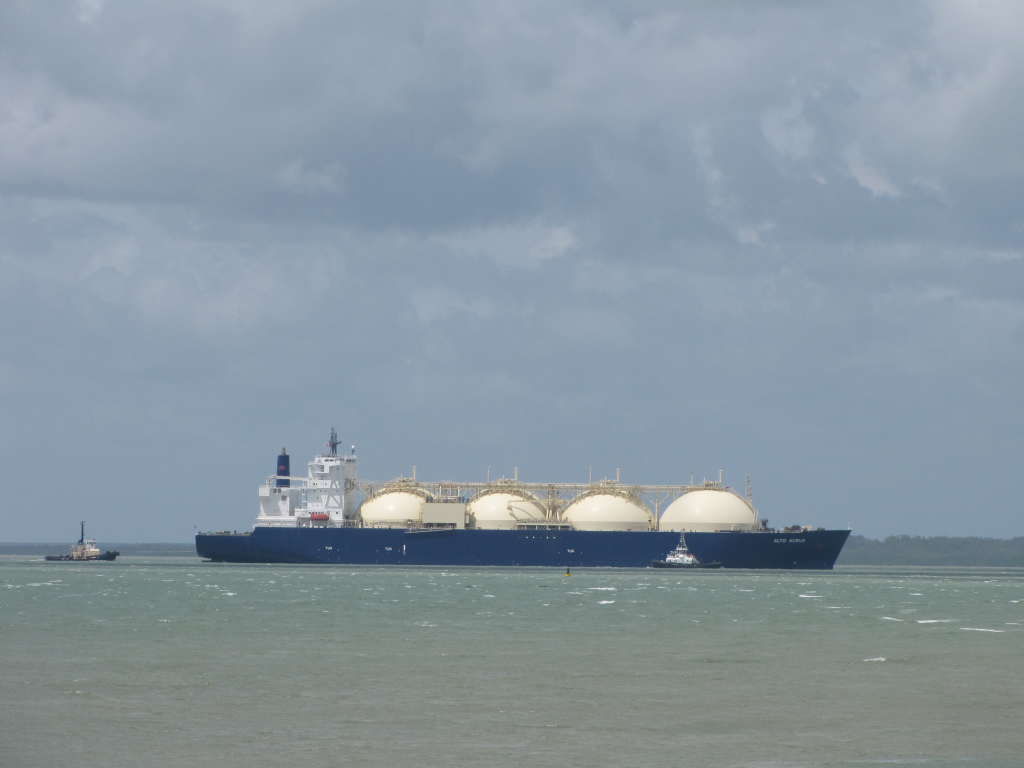
1. First-ever EU ban on Russian LNG
The bloc’s move to phase in a ban on Russian liquefied natural gas marks a historic change of tack in its energy policy. All imports would be halted by January 1, 2027, with short-term contracts not allowed within six months. Europe had bought record volumes of Russian LNG in 2024 after pipeline supplies collapsed, inadvertently boosting Moscow’s revenues.
The head of the European Commission termed the move “hitting Russia’s gas sector-the heart of its war economy.” Denmark’s Foreign Minister Lars Løkke Rasmussen said the decision marked a decisive step toward ending dependence on Russian energy. This ban is meant to cut one of the largest sources of revenues that have helped sustain Russia’s military action in Ukraine.
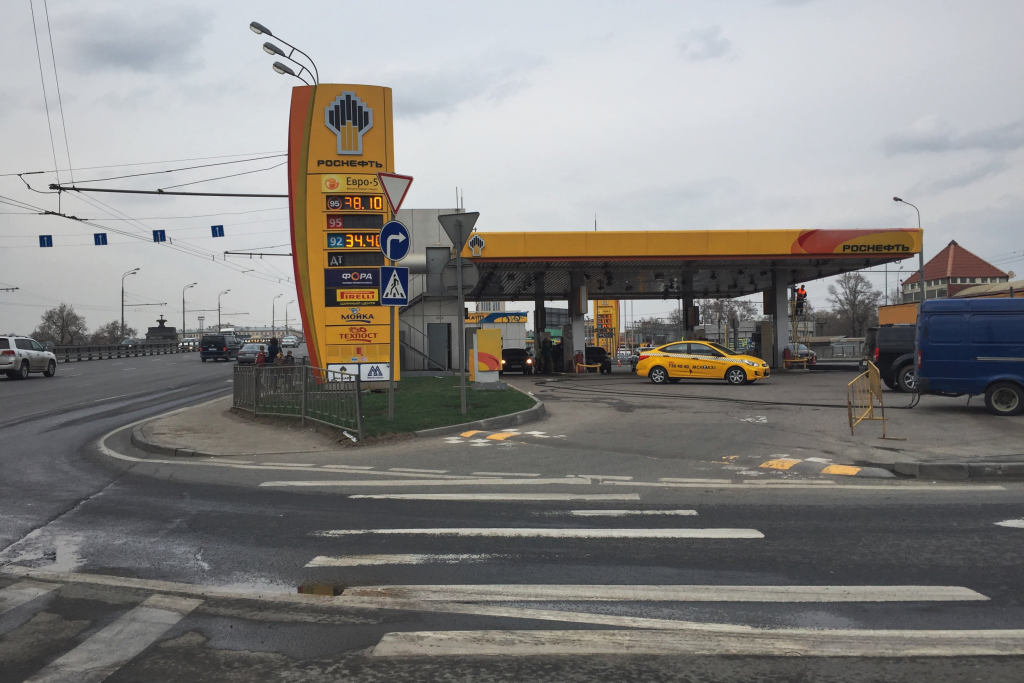
2. US sanctions against Rosneft and Lukoil
In a major policy shift, Washington has imposed sanctions on Rosneft and Lukoil, Russia’s two largest oil companies, prohibiting U.S. citizens from doing business with them or their subsidiaries. U.S. Treasury Secretary Scott Bessent noted that this is to cut off revenue that fuels the Kremlin’s aggression and called on Moscow to “immediately agree to a ceasefire.”
Analysts said it was the first time President Donald Trump had taken direct action against Russia’s oil industry. Specialists in energy markets said the sanctions on suppliers work only when coupled with pressure on buyers; India, for example, has cut back its purchases of Russian oil.
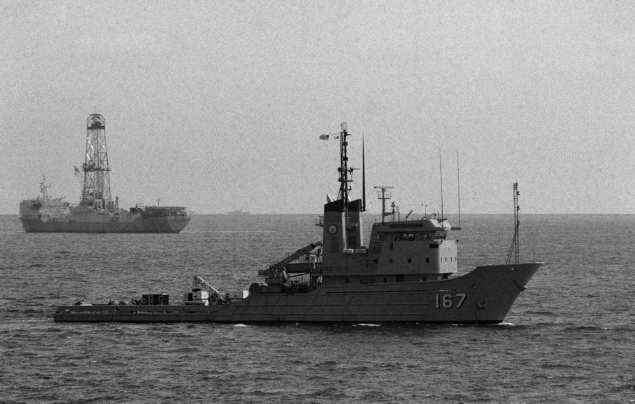
3. Engage the Shadow Fleet
The EU has blacklisted a further 117 vessels from Russia’s so-called shadow fleet, with the total now above 550. The ageing, underinsured tankers operate under opaque ownership and are used to evade the G7’s oil price cap.
Of course, investigations have indeed linked the fleet to environmental hazards, including oil slicks off European coasts. As Latvian Energy Minister Kaspars Melnis noted, there is a risk of “catastrophic oil spills” that could cost as much as €1.4 billion to clean up. Specialists say that sanctions need to affect the entire value chain, from refineries to service providers related to those vessels.

4. Secondary Sanctions on Foreign Financial Institutions
The United States has extended its sanctions regime to threaten foreign financial institutions facilitating transactions for Russia’s military-industrial base. Executive Order 14114 authorizes OFAC to impose full blocking sanctions or restrict correspondent accounts without a U.S. nexus.
This far-reaching authority significantly ups the ante for banks, insurers, and payment system operators everywhere in terms of compliance. Guidance issued by OFAC suggests that heightened due diligence and transactions monitoring, as well as risk assessments, will be needed to avoid inadvertently tripping up on the regulations, with exclusion from the US financial system a possible risk.
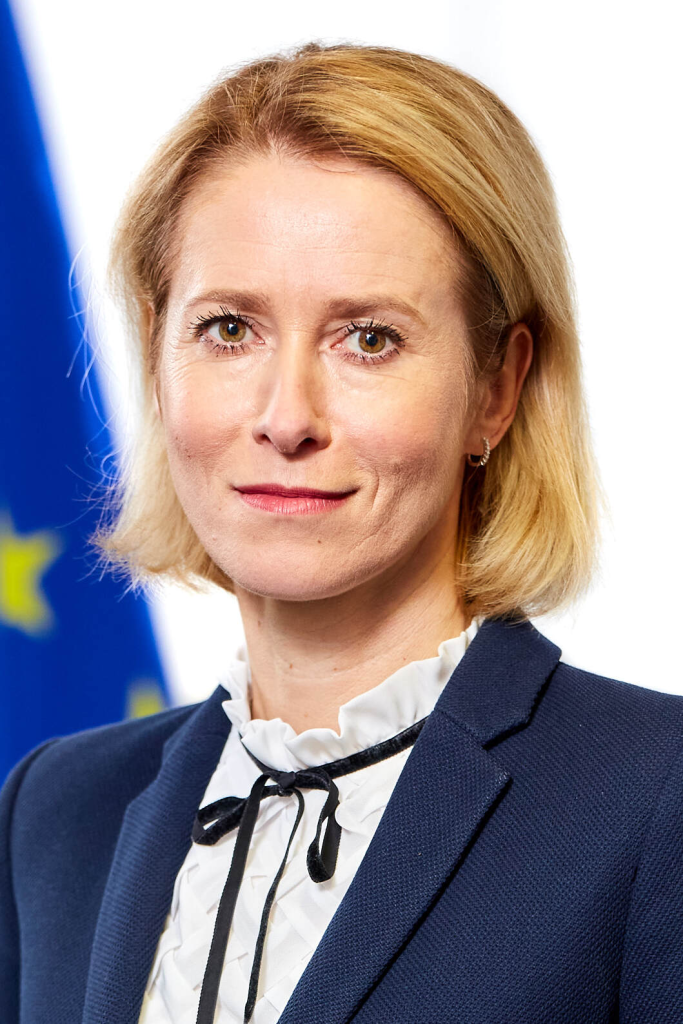
5. Restrictions on Movements of Russian Diplomats
Controls have been imposed by the European Union on the travel of Russian diplomats throughout the Schengen Area. Members of the Russian missions, including administrative staff and family members, are obliged to inform the host authorities before embarking on a trip to any other EU state. EU Foreign Policy Chief Kaja Kallas said the measure counters attempts at destabilization, reflecting concerns that diplomatic staff may be engaged in activities in support of Moscow’s aggression. For the first time, the restriction gives a notably political character to sanctions with the aim of containing Russia’s soft power operations in Europe.

6. Expanded Technology and Export Controls
Brussels has expanded export bans to microelectronics, chemicals, key metals, and acyclic hydrocarbons, along with limits on AI, quantum computing, and space-based services in an effort to choke off vital technological inputs into Russia’s defense sector. The package lists arms suppliers from China, North Korea, and the UAE alongside dozens of entities in India and Thailand. By cutting access to advanced technology, the EU wants to slow Russia’s military-industrial output and slash its capacity for sustained warfare.

7. Crypto and Financial Network Disruption
The EU has blacklisted the developer of Russia’s sanctions-busting A7A5 stablecoin and imposed sanctions against eight foreign banks and traders accused of circumventing the curbs. Expanded bans on transactions also take in five Russian lenders, while EU entities are banned from dealing with Russian payments systems. These are a reaction to an increasing awareness that digital assets and alternative payment networks have been exploited to bypass restrictions. In targeting them, Brussels hopes to shut off loopholes that have allowed Moscow to maintain access to global finance.
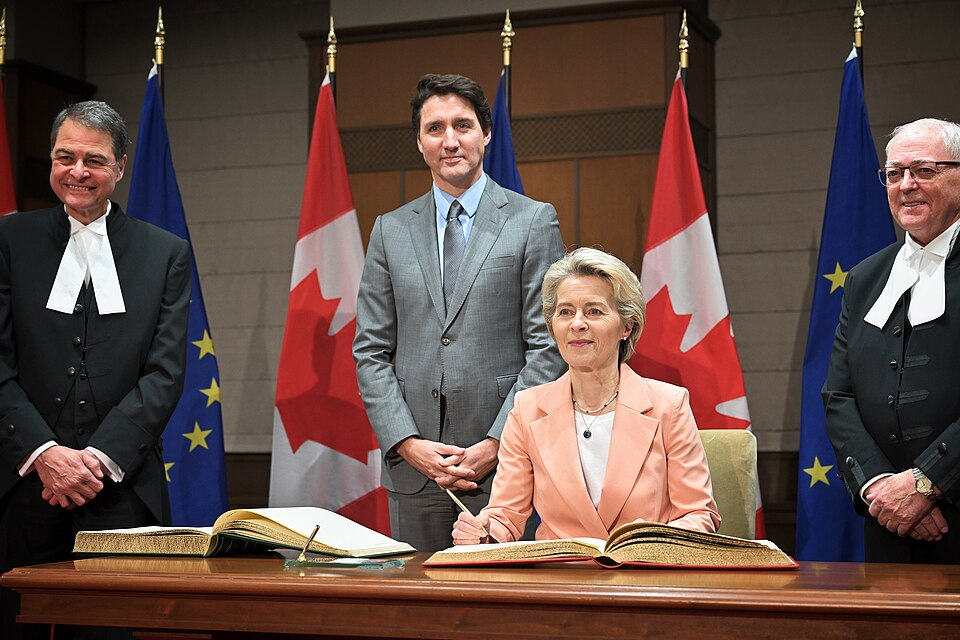
8. Coordination Between US and EU
The near-simultaneous rollout of EU and U.S. sanctions suggests closer transatlantic alignment. Von der Leyen said she valued discussions with the U.S. Treasury Secretary Bessent and called the joint action “a clear signal from both sides.” Such coordination amplifies the impact of the sanctions, as it reduces avenues through which Russia could exploit policy gaps between jurisdictions. For analysts, this represents a strategic shift to unified enforcement, which could put more pressure on third countries to abide by the measures. The new sanctions package represents an onslaught against Russia’s economic lifelines: energy restrictions combined with maritime enforcement, financial isolation, and technological denial.
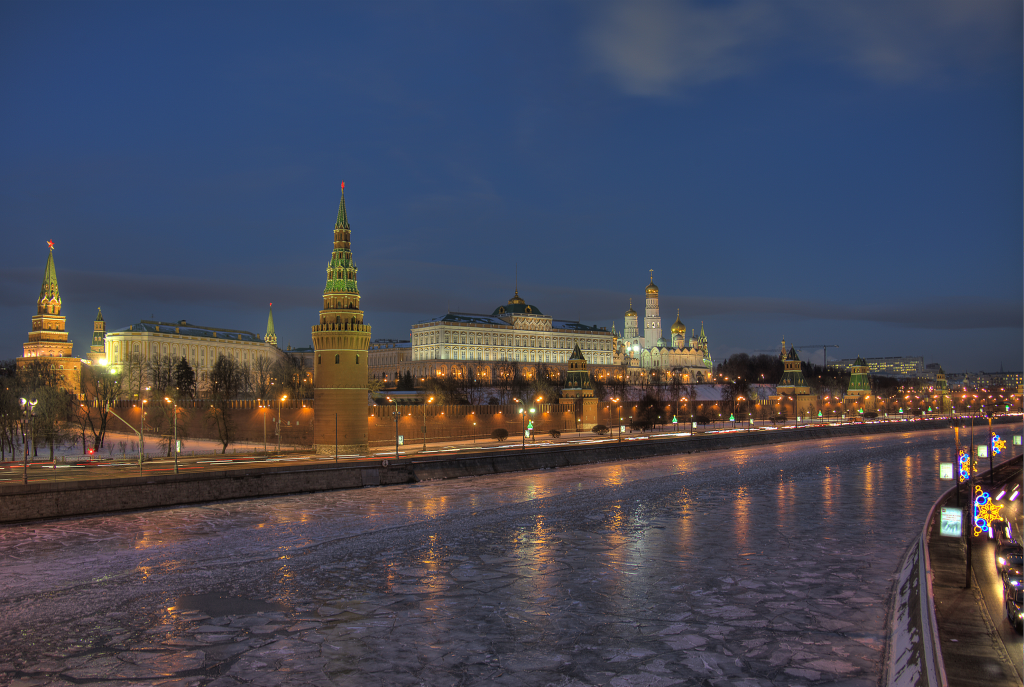
In closely aligning their actions across the Atlantic, the EU and the U.S. sought to shut off evasion pathways and tighten the noose against Moscow’s war economy. Whether these measures will compel a shift in Kremlin policy remains to be seen, but the scope and coordination represent a defining moment in the sanctions campaign.


